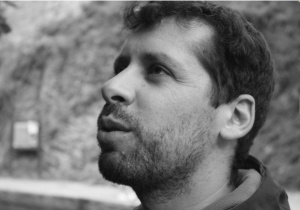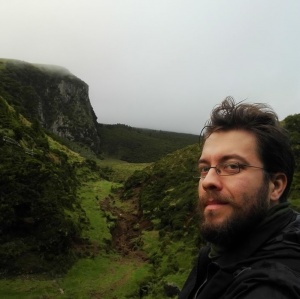Matthews, T., Sadler, J.P., Carvalho, R., Nunes, R. & Borges, P.A.V. (2019) Differential turnover rates and temporal beta-diversity patterns of native and non-native arthropod species in a fragmented native forest landscape.
Ecography,
42, 45-54. DOI:10.1111/ecog.03812 (IF2019 6,455; Q1 Ecology)
An important factor that hinders the management of non‐native species is a general lack of information regarding the biogeography of non‐natives, and, in particular, their rates of turnover. Here, we address this research gap by analysing differences in temporal beta‐diversity (using both pairwise and multiple‐time dissimilarity metrics) between native and non‐native species, using a novel time‐series dataset of arthropods sampled in native forest fragments in the Azores. We use a null model approach to determine whether temporal beta‐diversity was due to deterministic processes or stochastic colonisation and extinction events, and linear modelling selection to assess the factors driving variation in temporal beta‐diversity between plots. In accordance with our predictions, we found that the temporal beta‐diversity was much greater for non‐native species than for native species, and the null model analyses indicated that the turnover of non‐native species was due to stochastic events. No predictor variables were found to explain the turnover of native or non‐native species. We attribute the greater turnover of non‐native species to source‐sink processes and the close proximity of anthropogenic habitats to the fragmented native forest plots sampled in our study. Thus, our findings point to ways in which the study of turnover can be adapted for future applications in habitat island systems. The implications of this for biodiversity conservation and management are significant. The high rate of stochastic turnover of non‐native species indicates that attempts to simply reduce the populations of non‐native species in situwithin native habitats may not be successful. A more efficient management strategy would be to interrupt source‐sink dynamics by improving the harsh boundaries between native and adjacent anthropogenic habitats.




